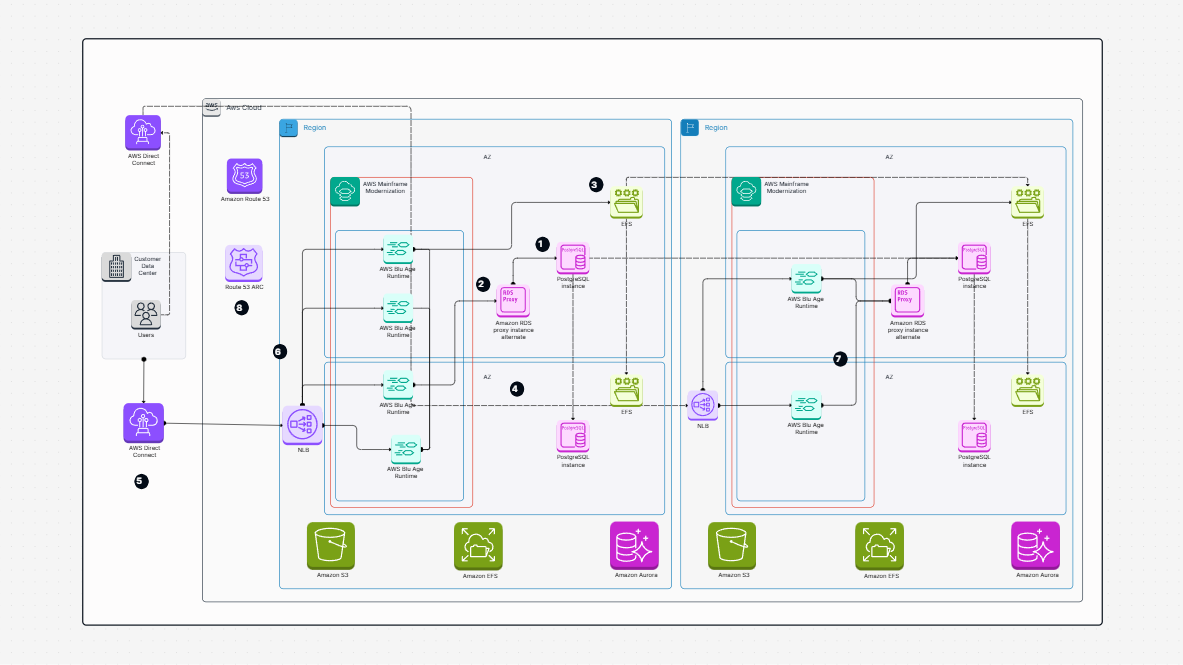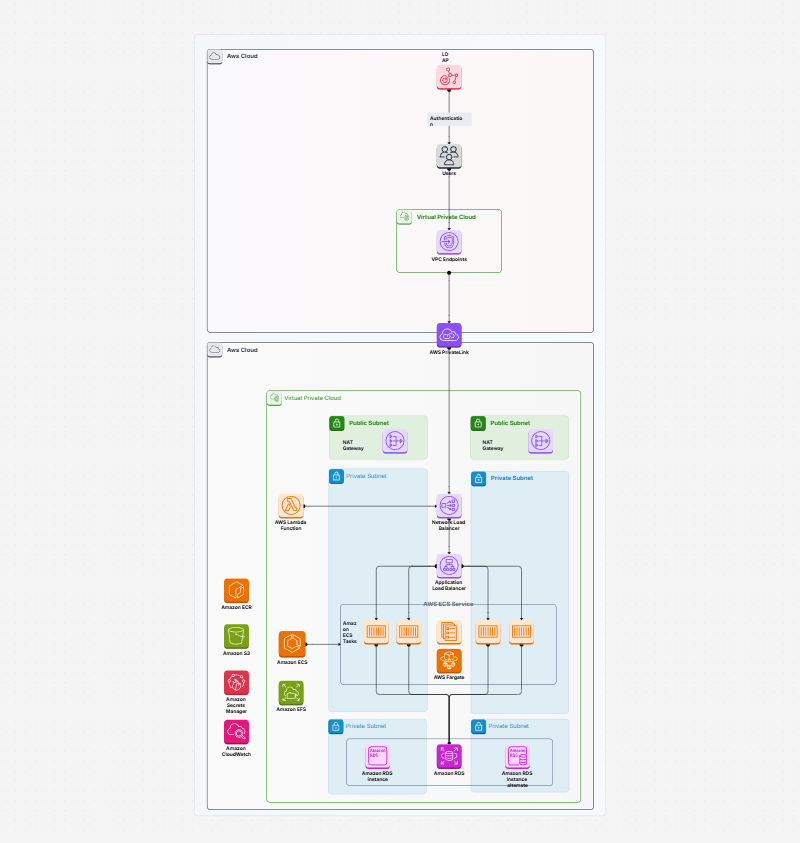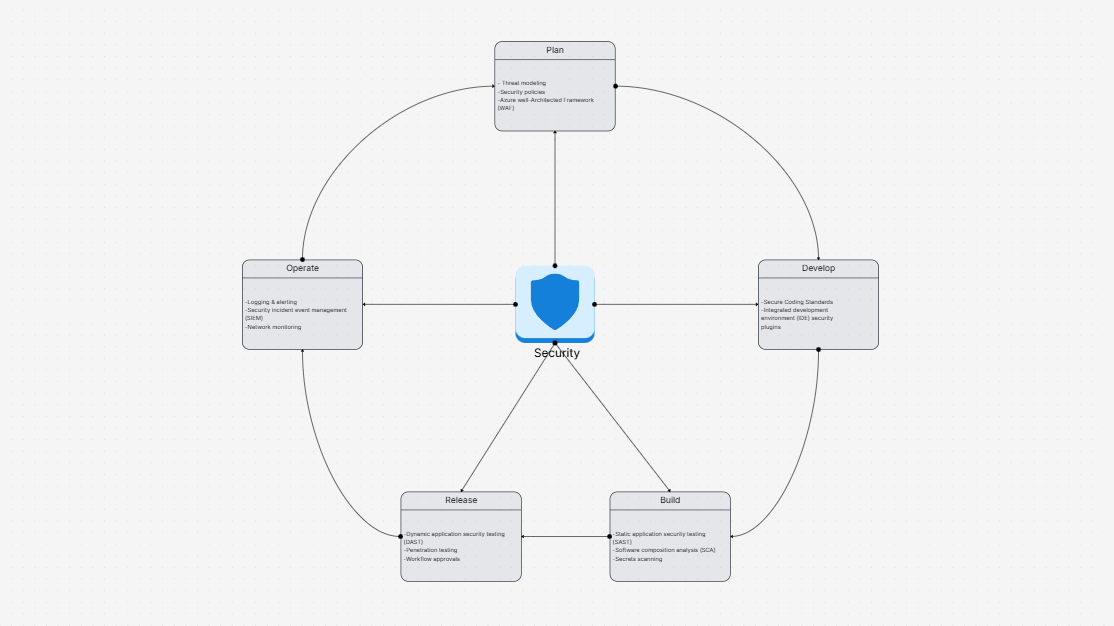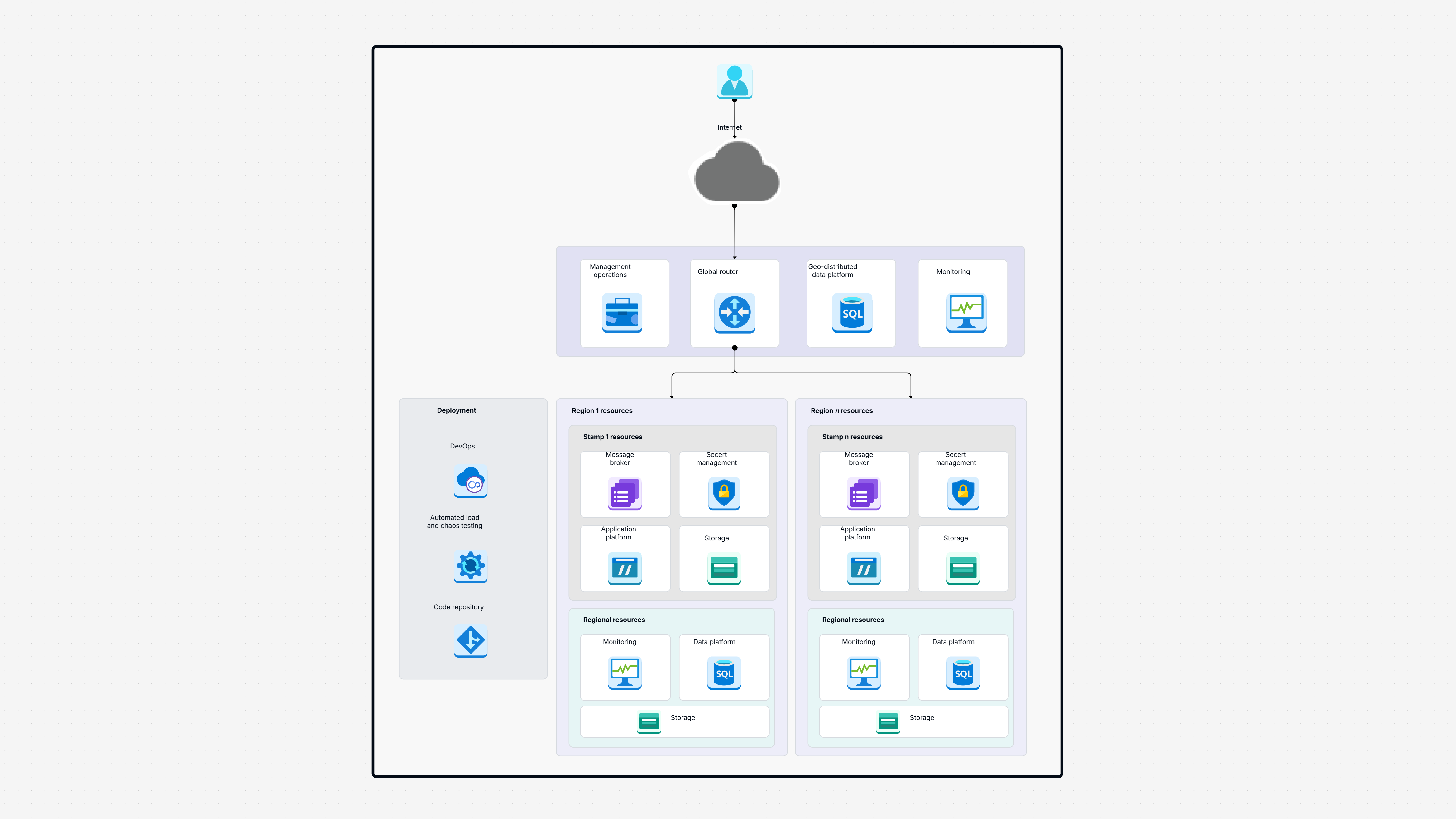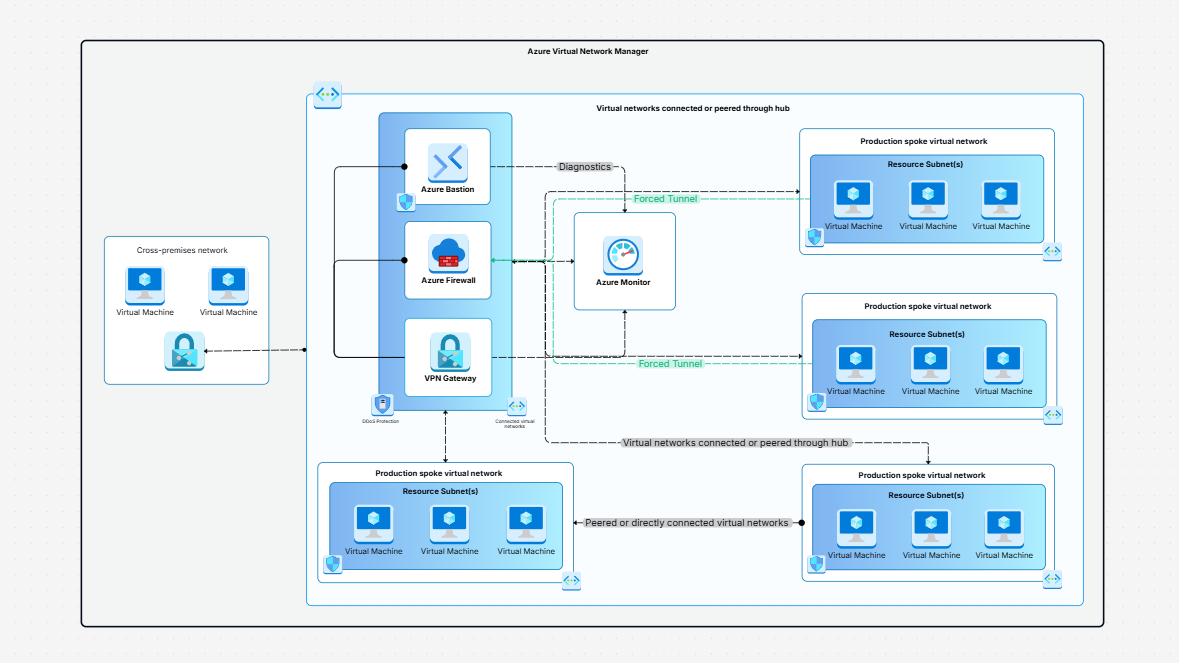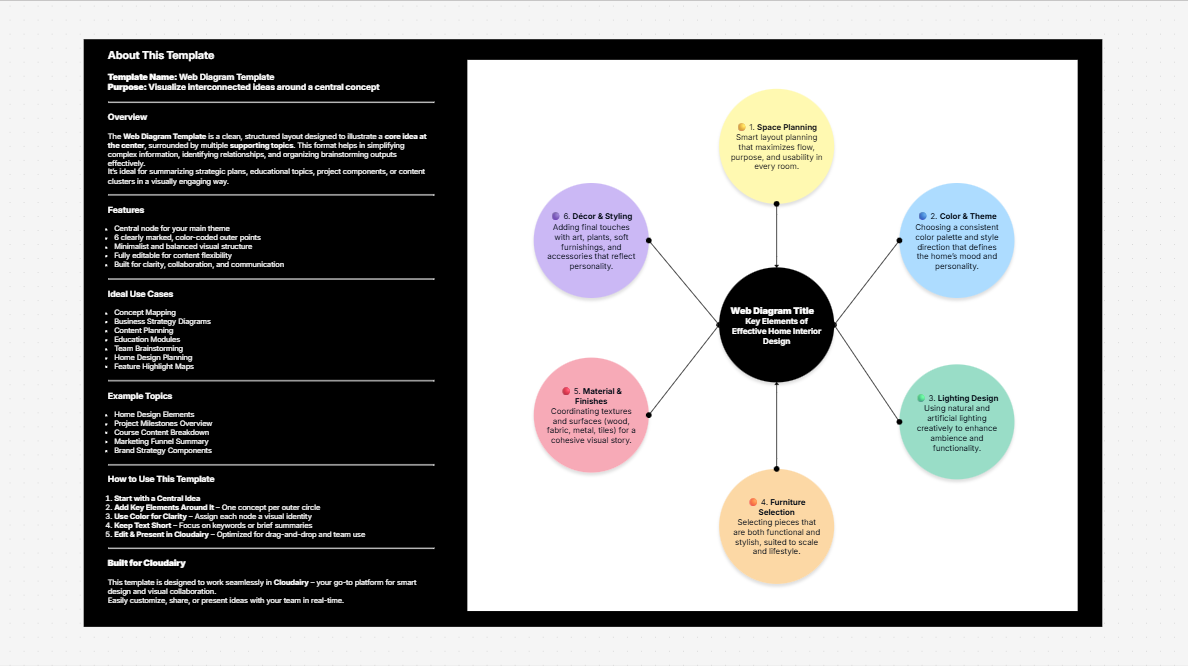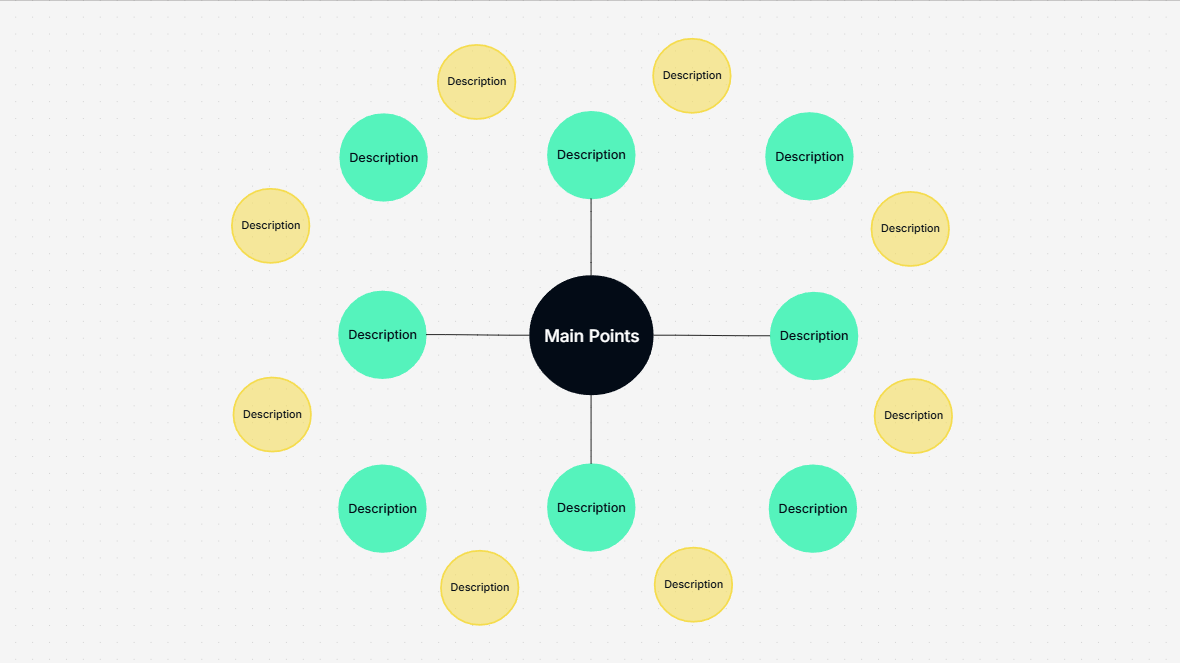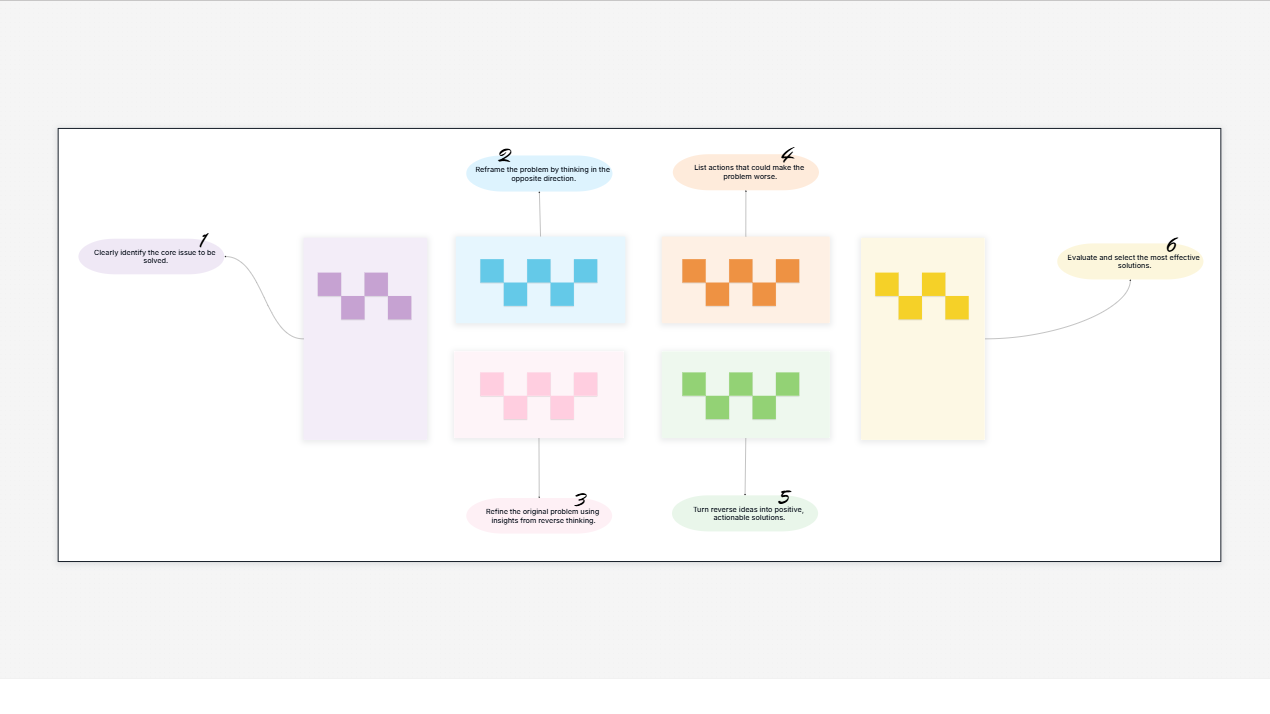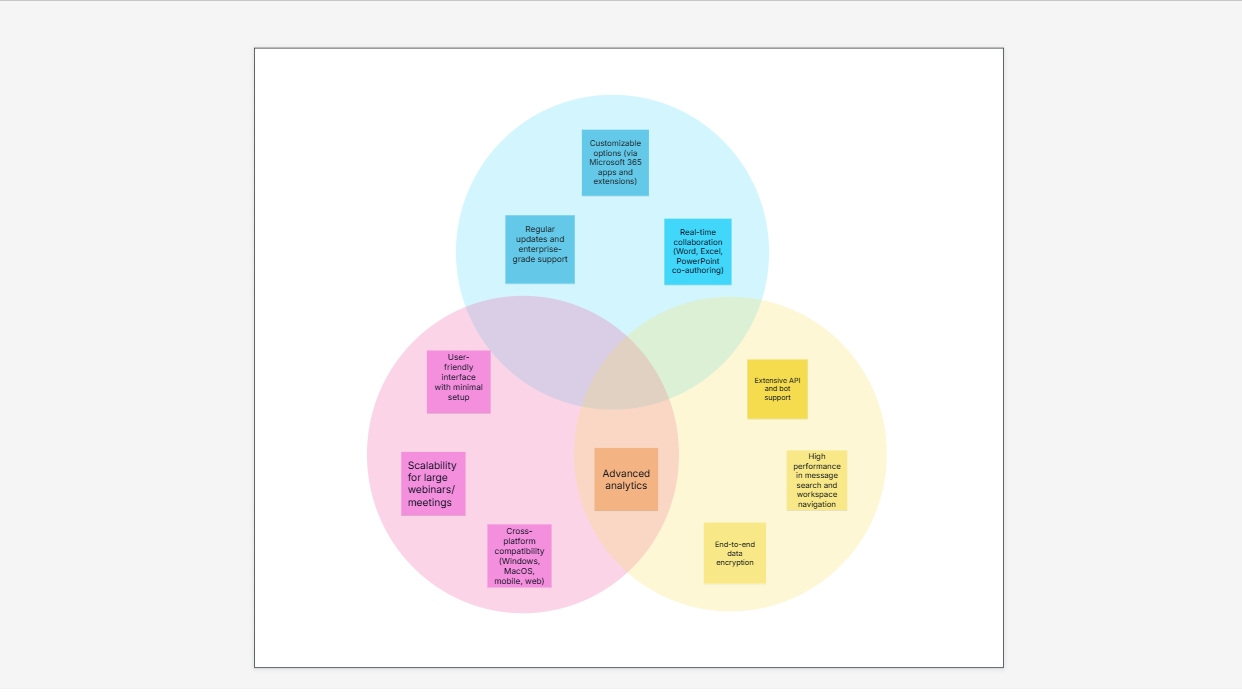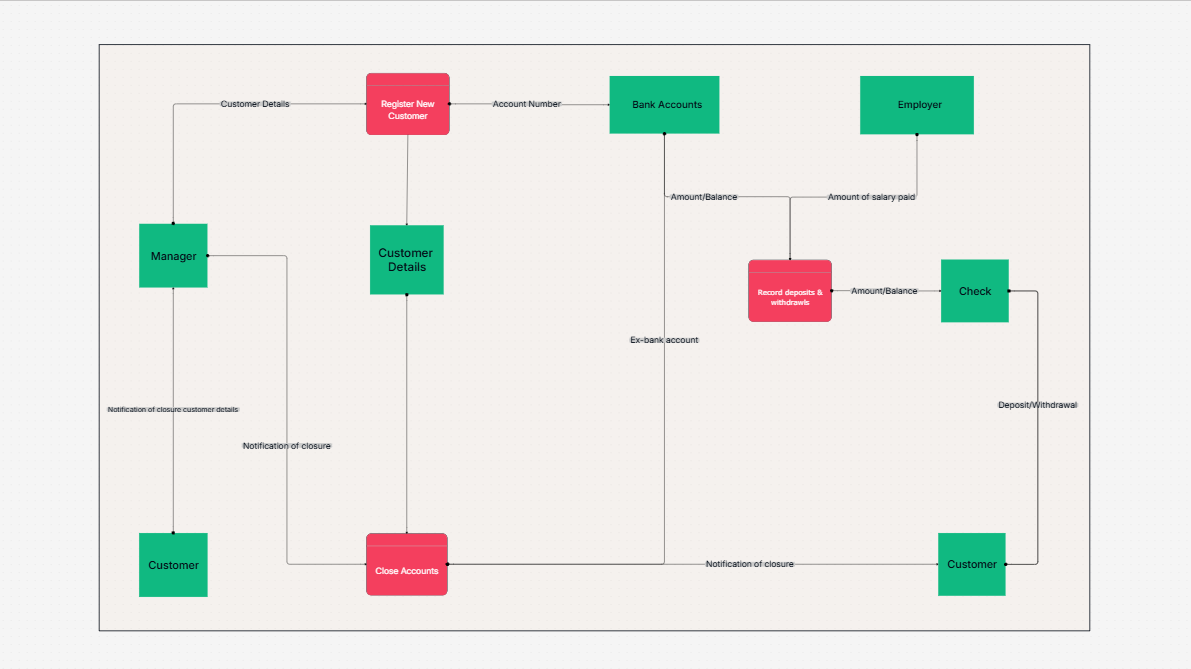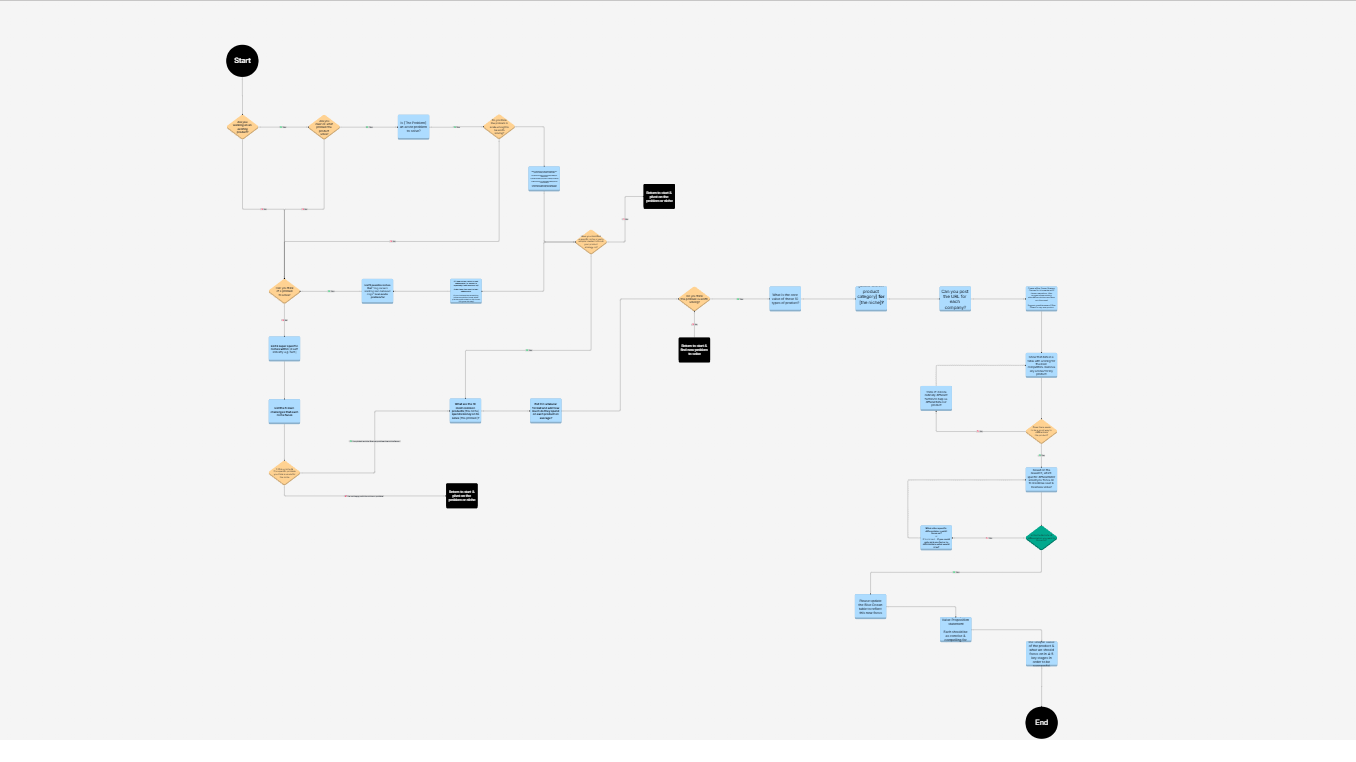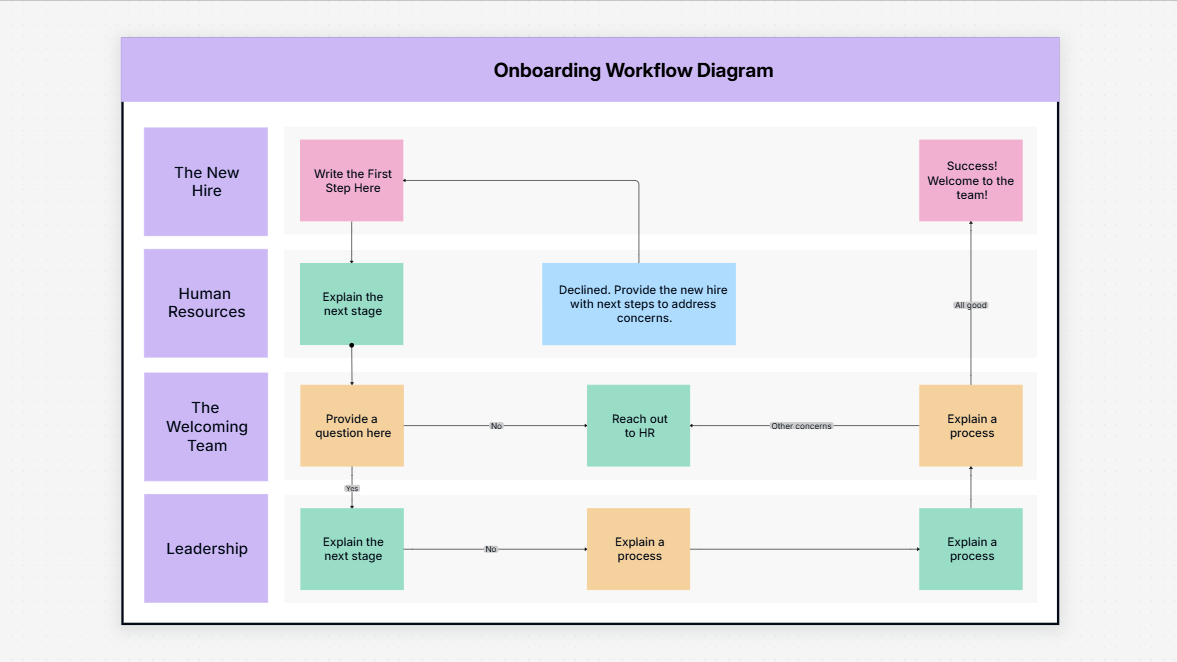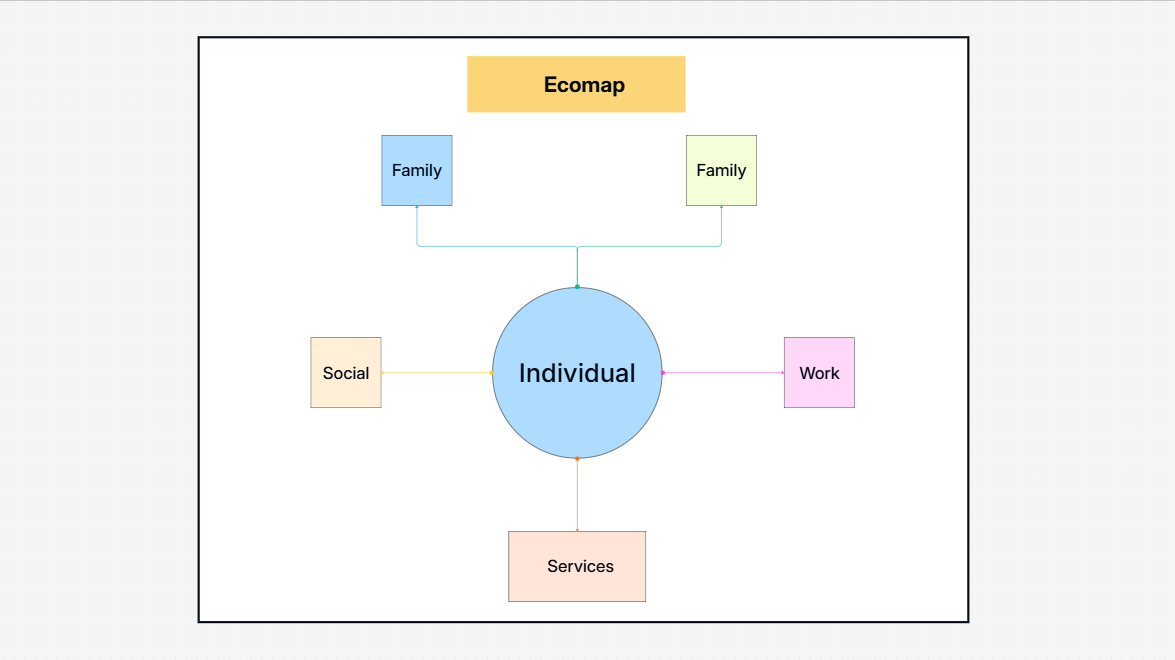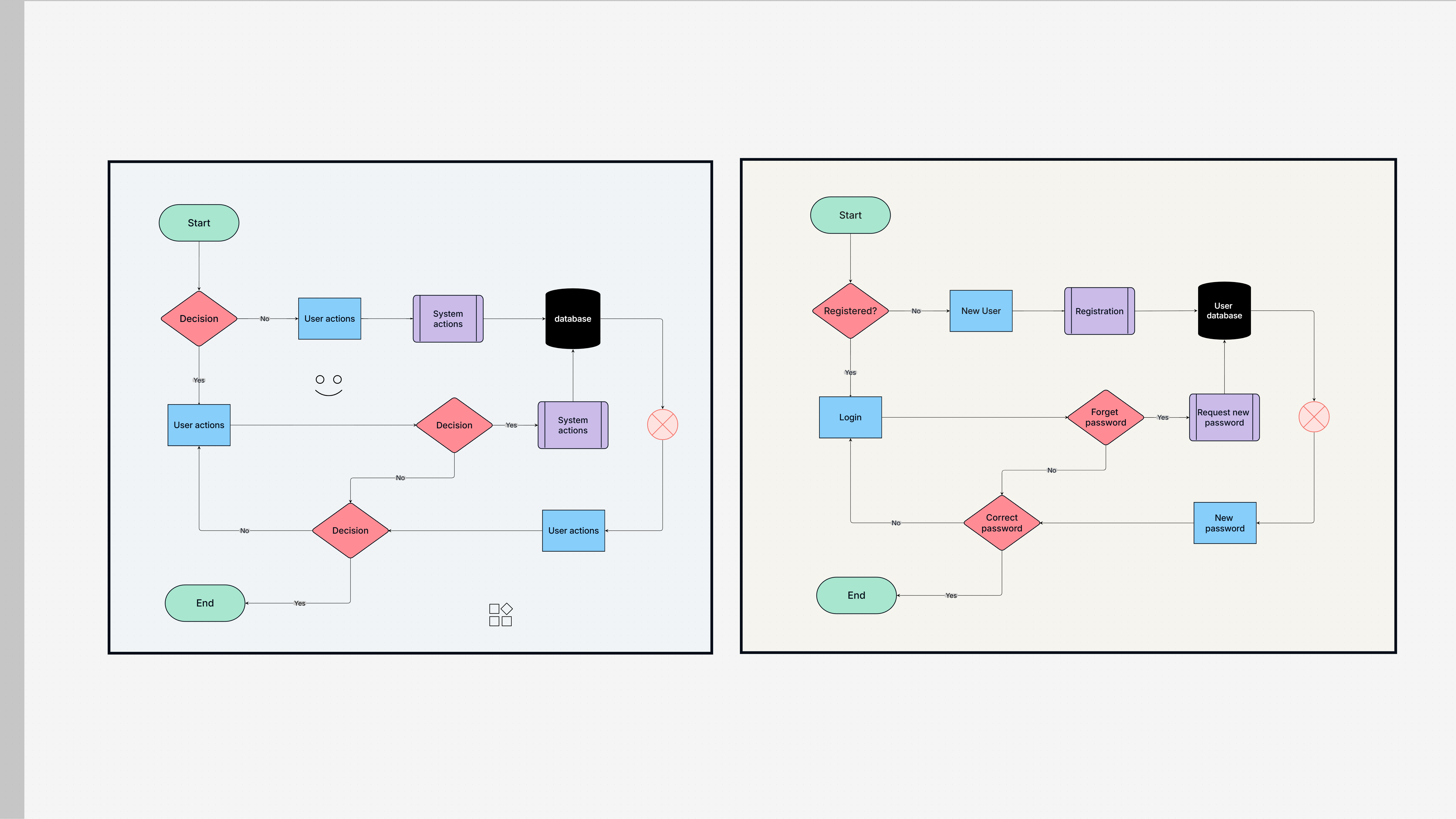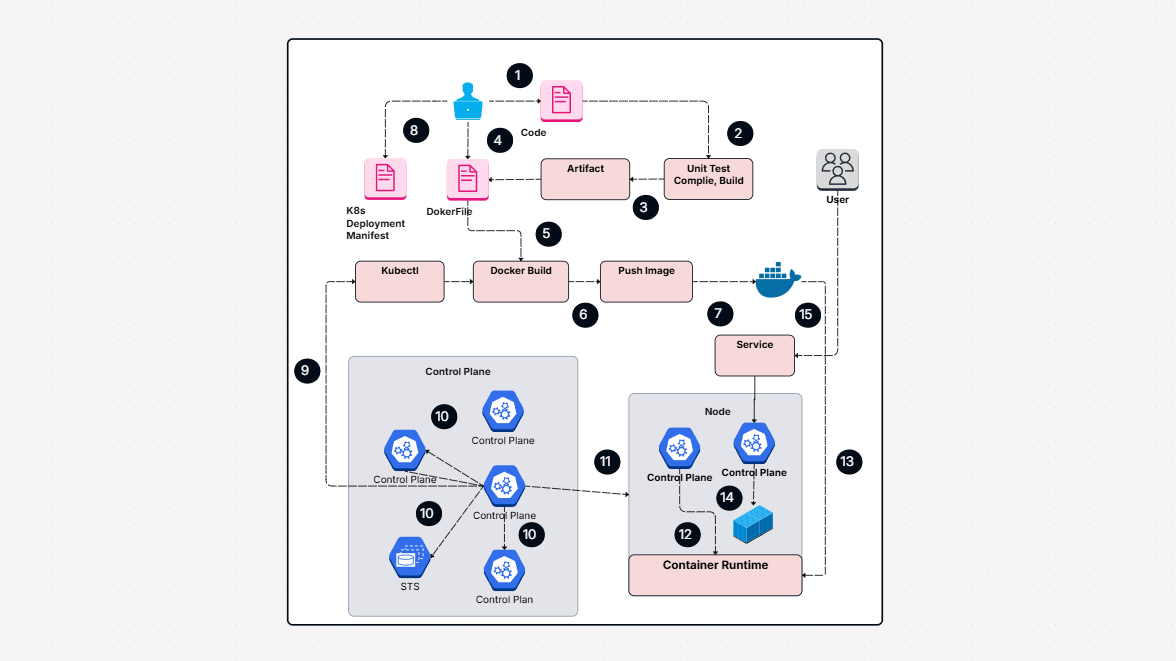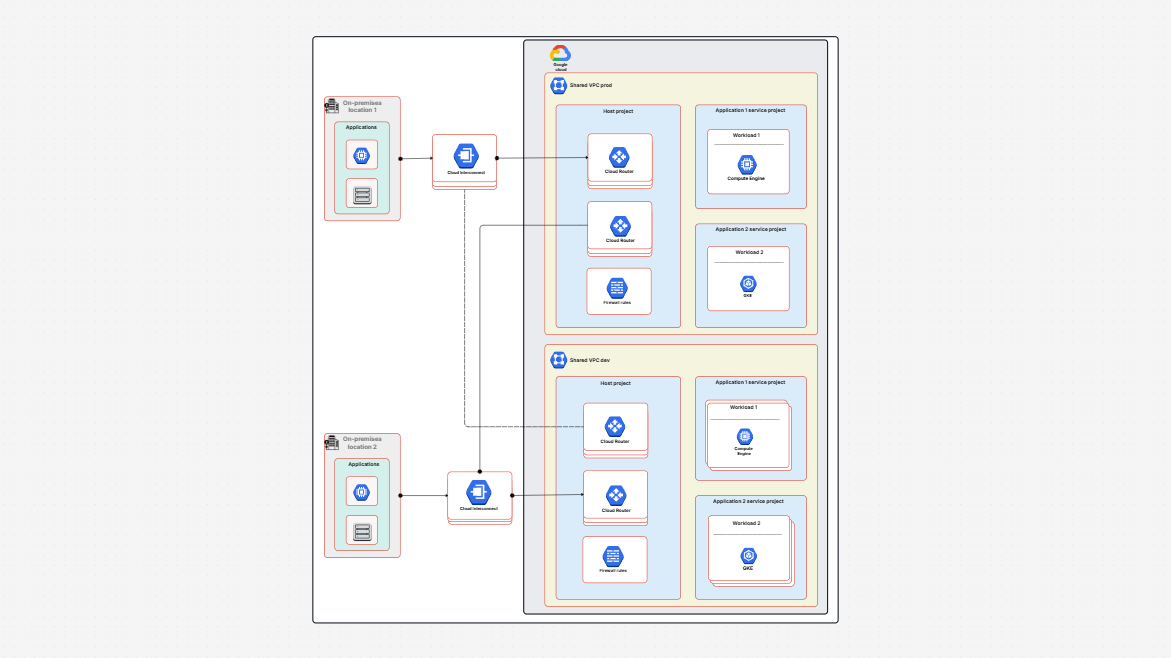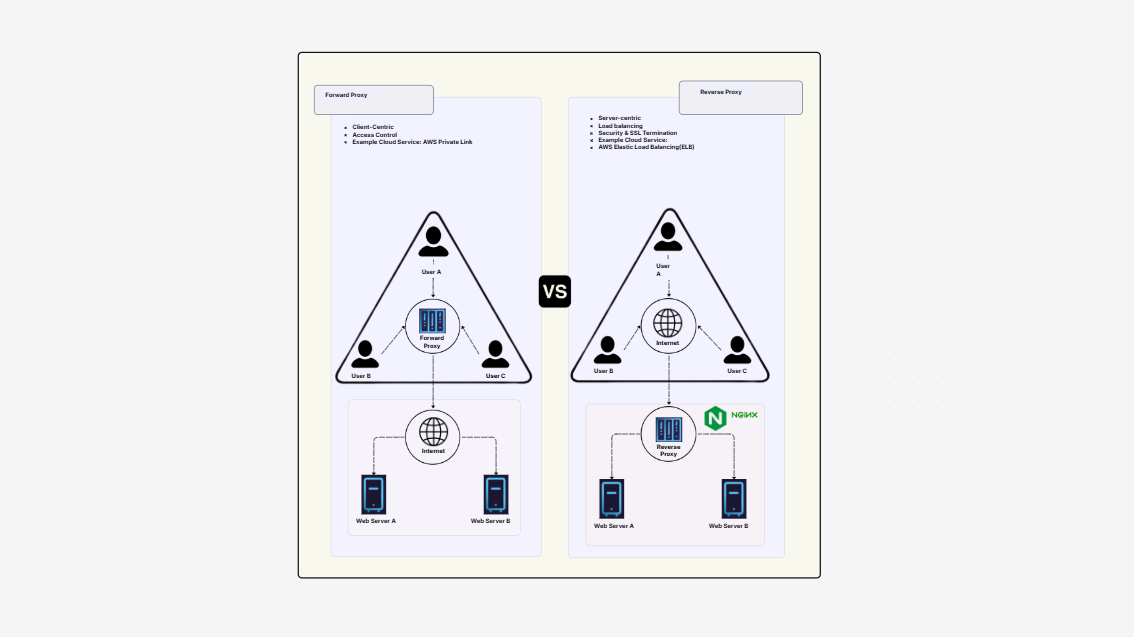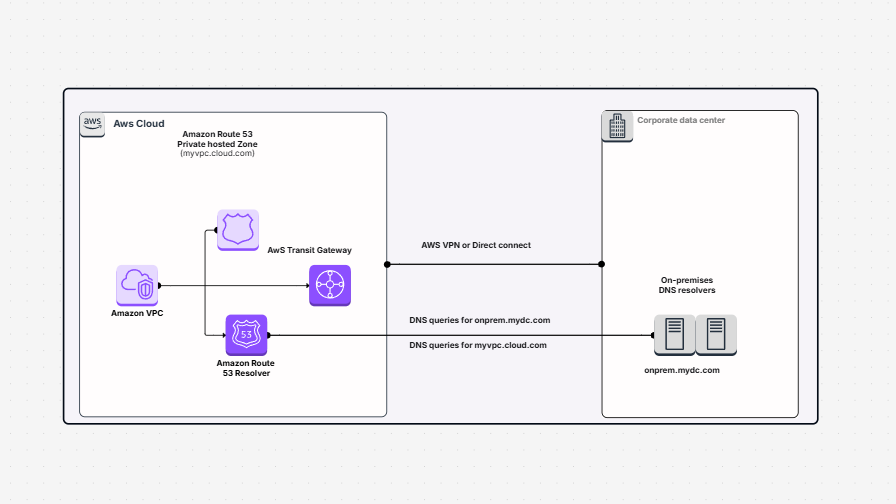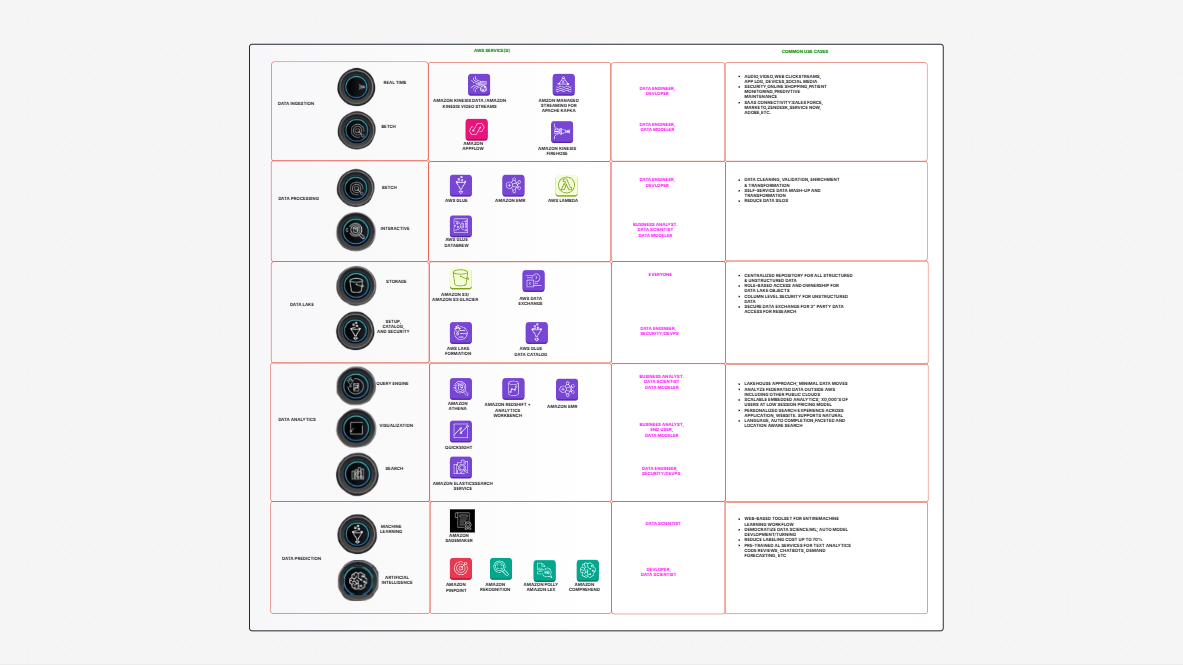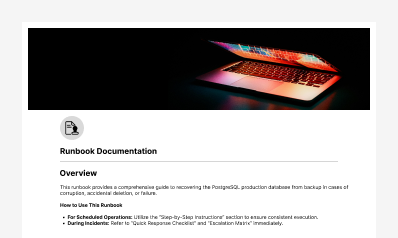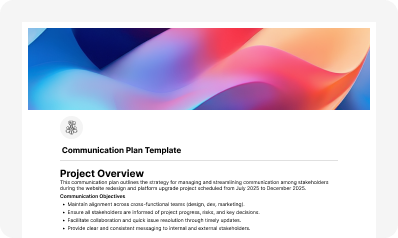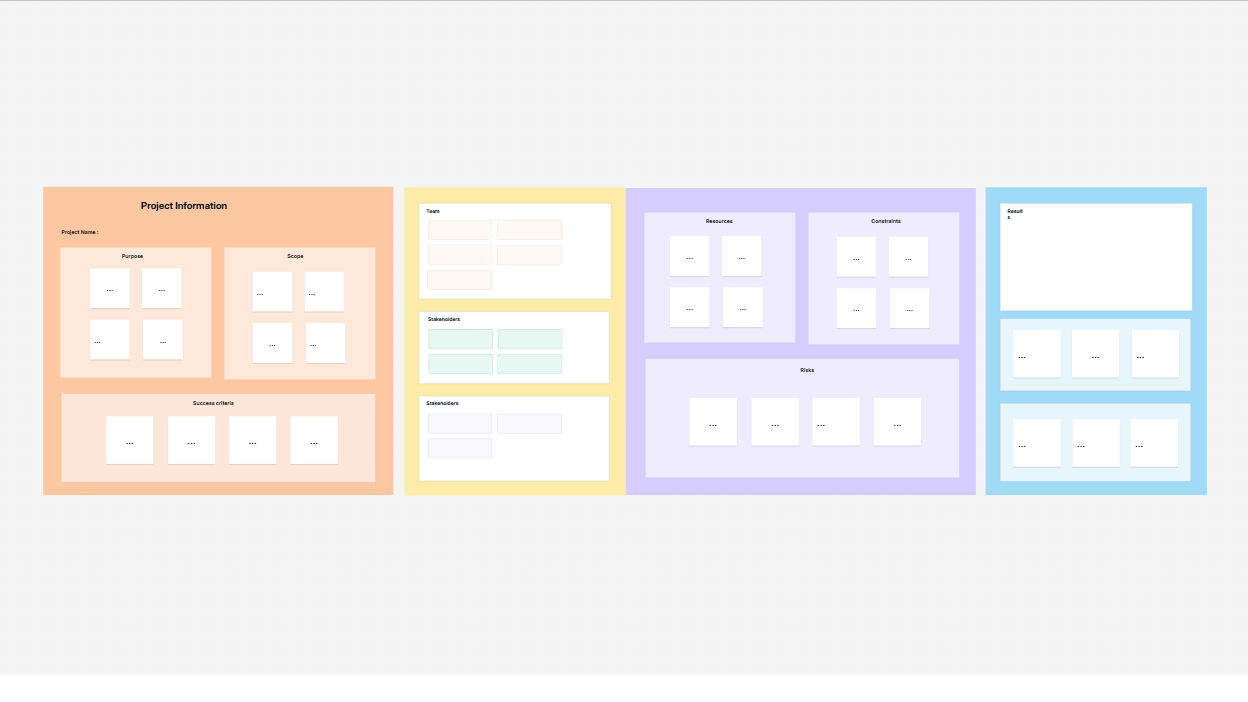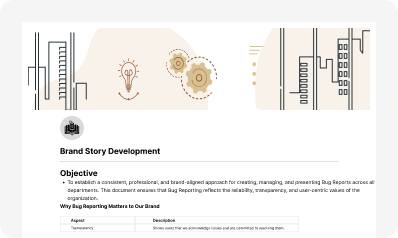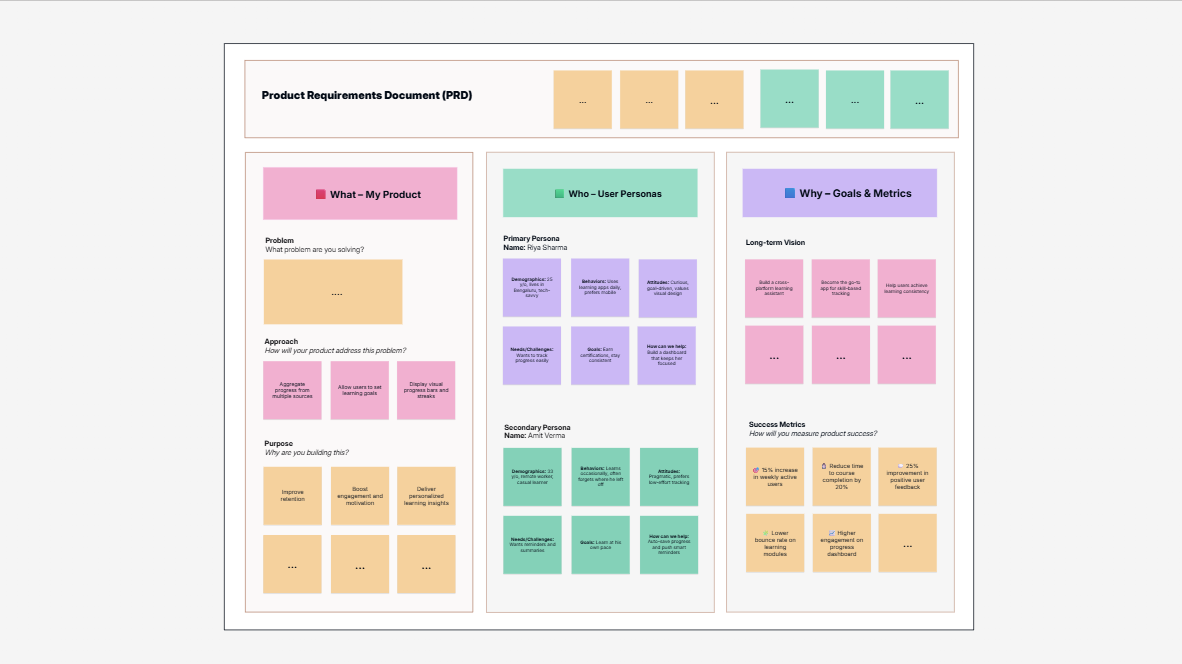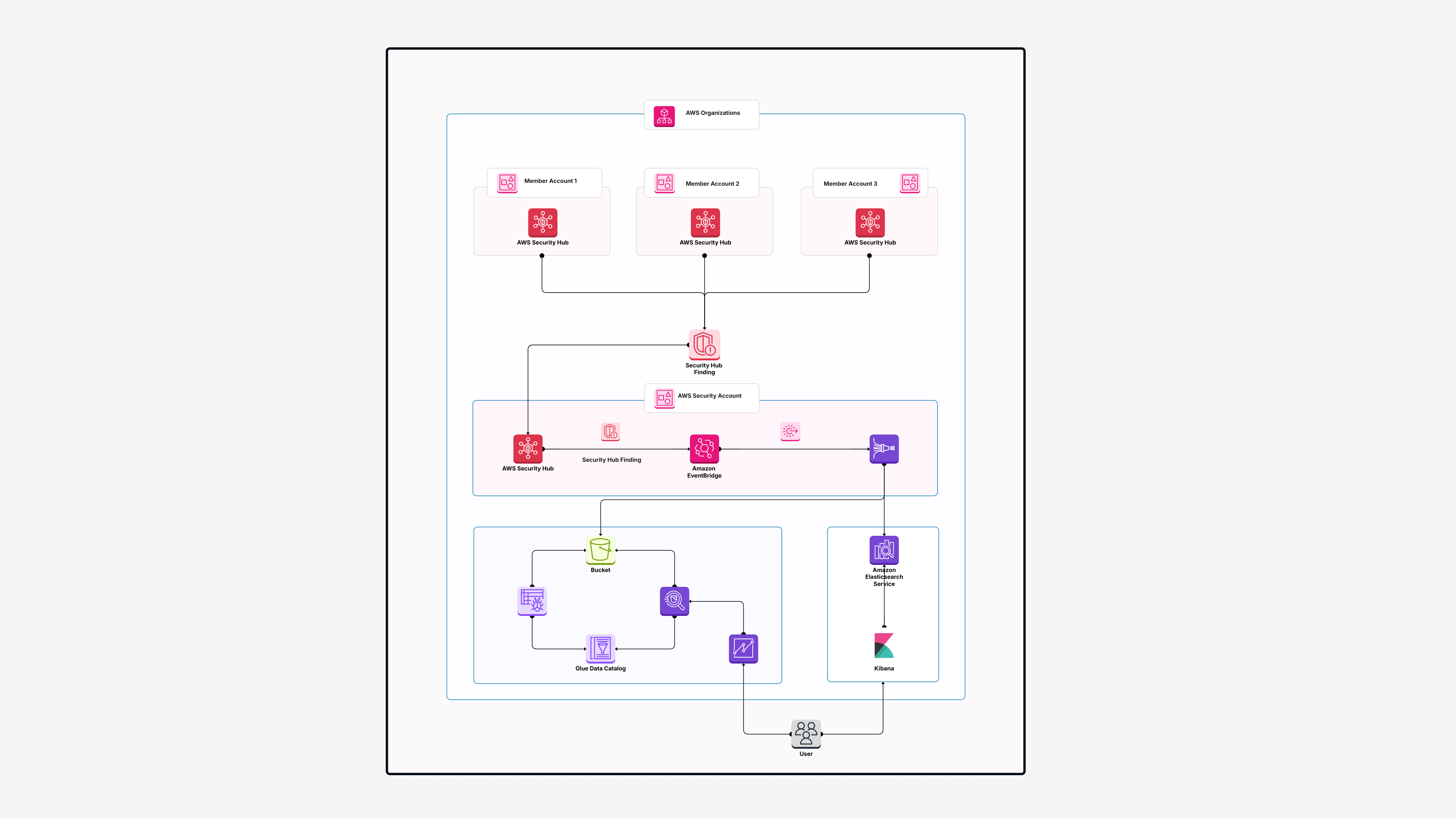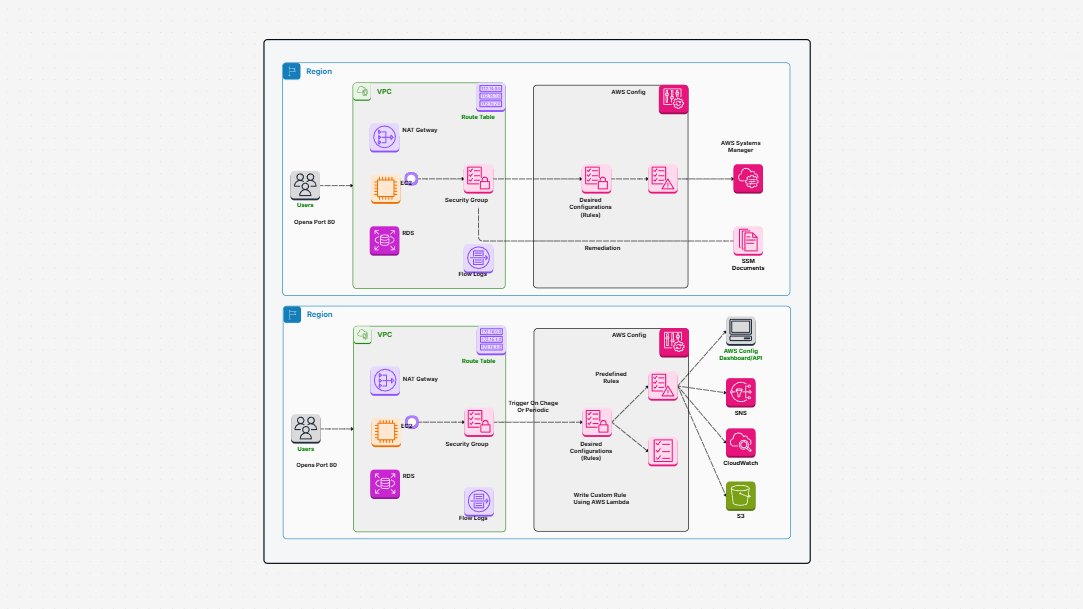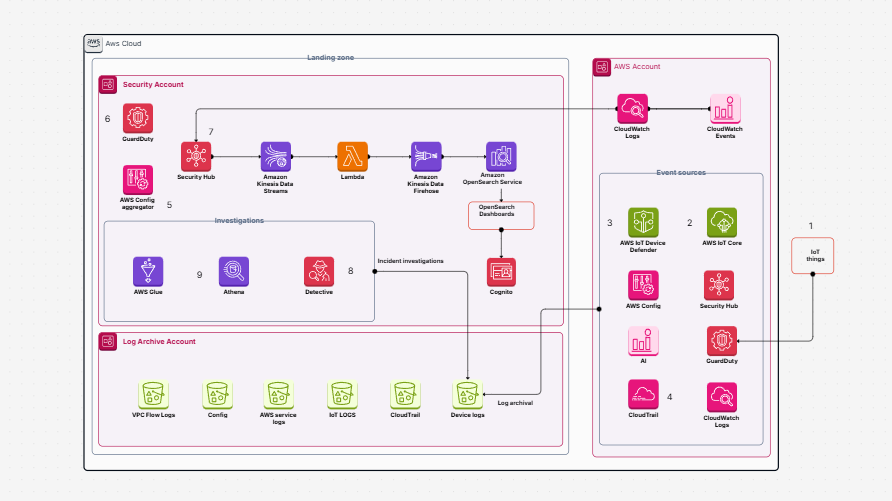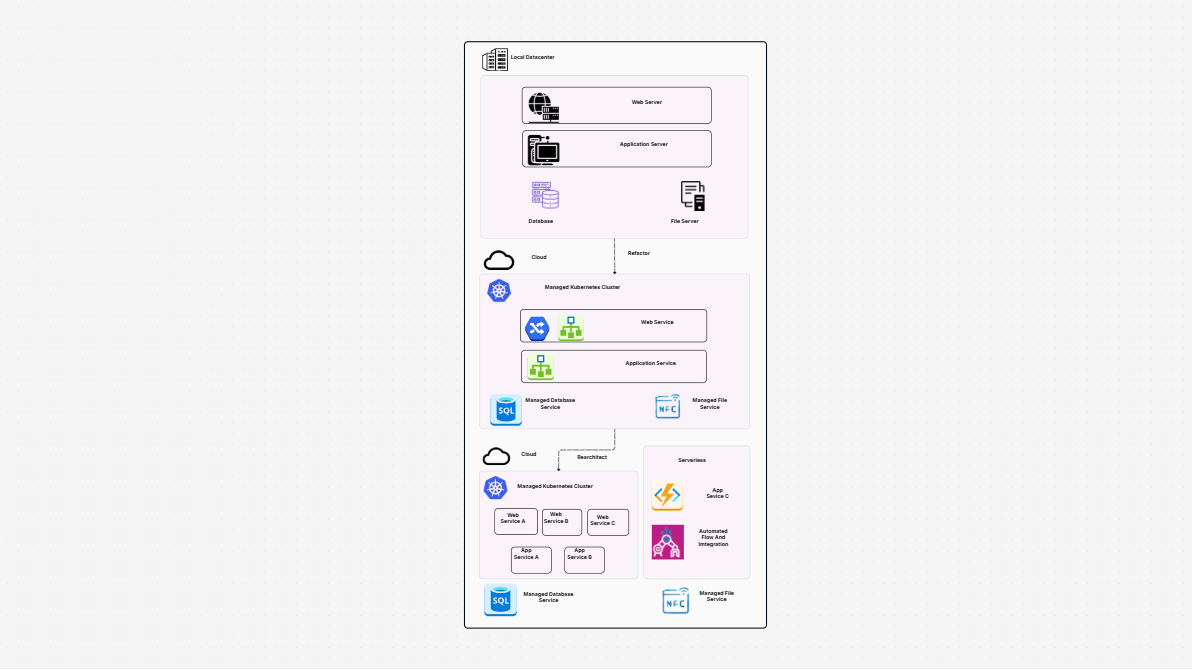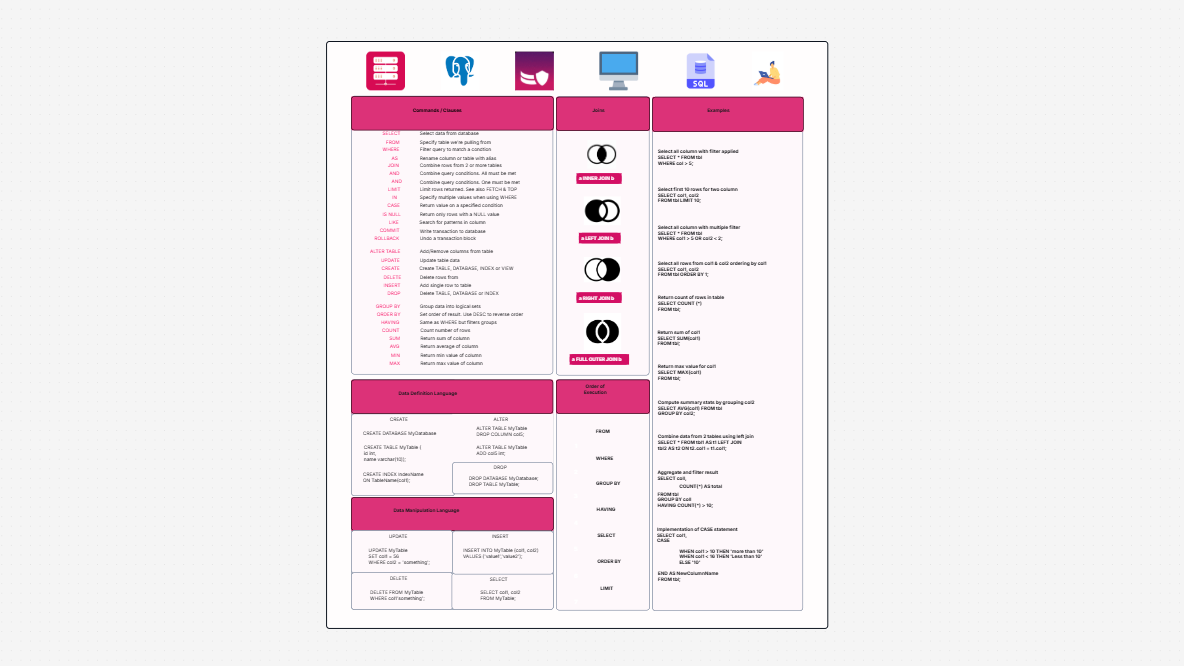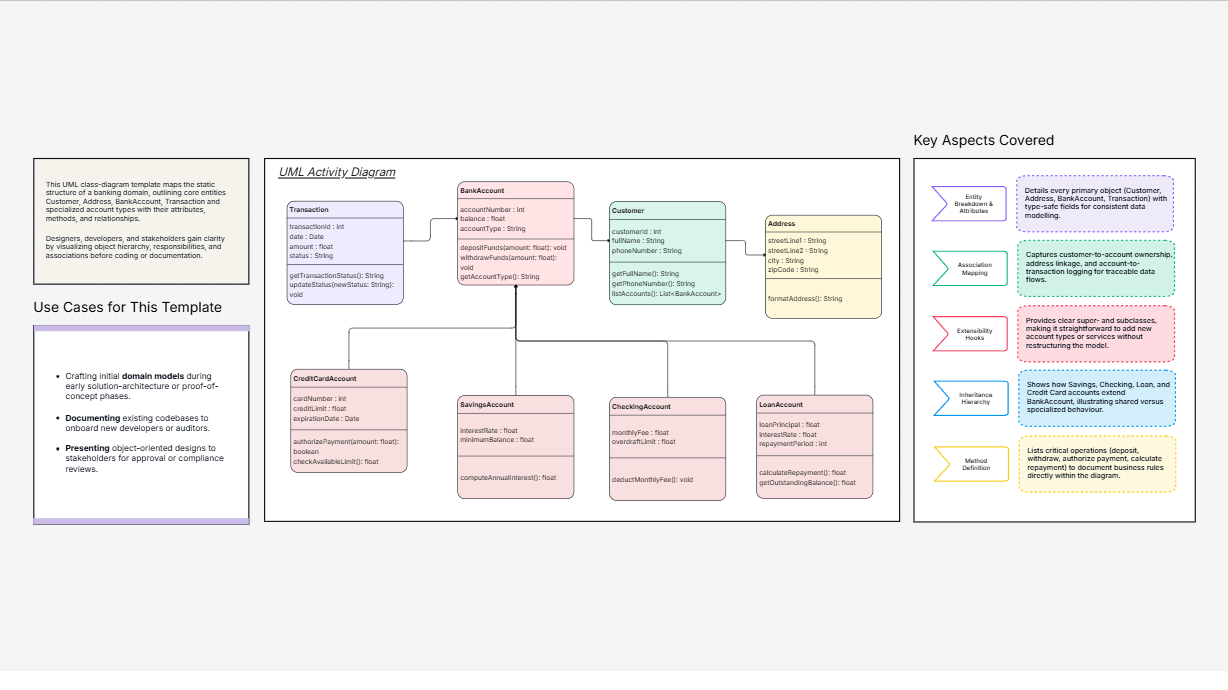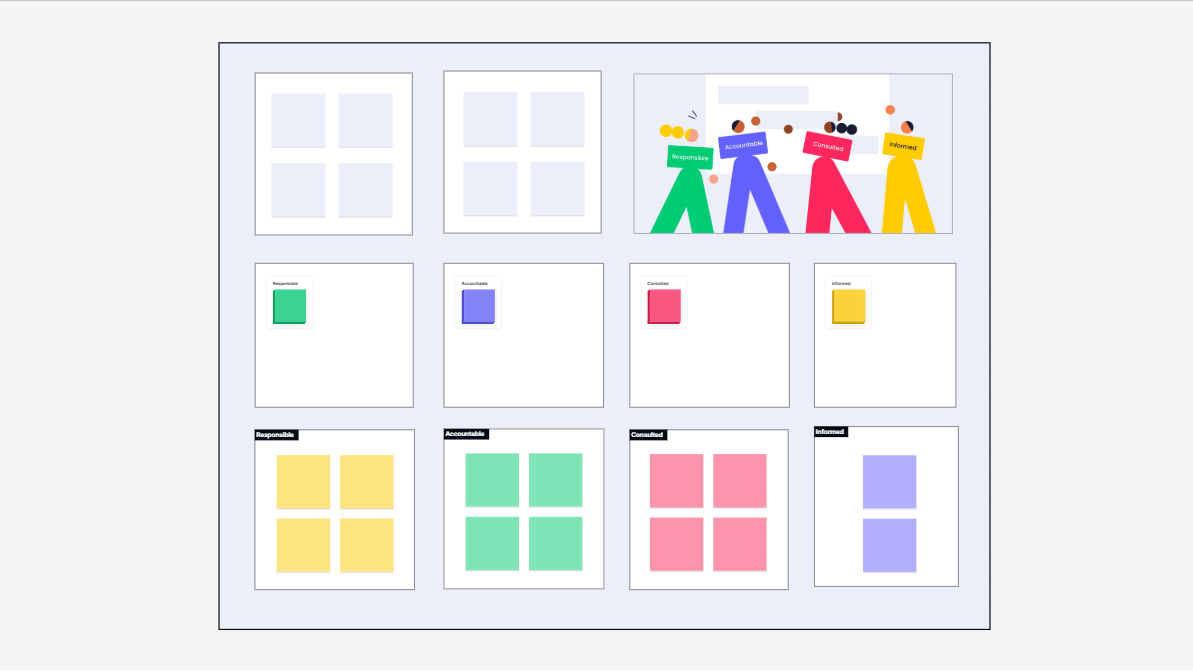WorkHub

What is Cloud Monitoring Architecture Template?
A Cloud Monitoring Architecture Template is like your blueprint for keeping an eye on everything happening in your cloud environment. It's a ready-made framework that helps you visualize, organize, and implement a comprehensive monitoring strategy for all your cloud resources and applications. Think of it as your master plan for setting up azure observability across your entire infrastructure - from servers and databases to applications and network connections. Instead of figuring out from scratch what metrics to track, what alerts to set, and how to structure your monitoring dashboard.
Why use the Cloud Monitoring Architecture Template?
Ever deployed something to the cloud only to realize weeks later you weren't tracking the right metrics? Or spent hours setting up azure log analytics only to miss critical alerts when something went wrong? That's exactly why this template is so valuable. It helps you avoid those "I wish I'd monitored that" moments by providing a comprehensive framework right from the start. Building a monitoring architecture from scratch is surprisingly complex - you need to think about data collection, storage, visualization, alerting thresholds, and so much more.
With the cloud monitoring architecture template, you get a head start based on what's actually worked for real cloud environments. Plus, as your infrastructure grows, having a consistent monitoring approach makes scaling so much easier than trying to retrofit monitoring onto systems already in production.
Who is this template for?
This template is perfect for:
- Cloud architects designing observability strategies for new environments
- DevOps engineers implementing monitoring for cloud-native applications
- IT Operations teams transitioning from on-premise to cloud infrastructure
- System administrators responsible for maintaining cloud reliability
- Application developers who need insights into performance metrics
- SRE (Site Reliability Engineering) teams establishing monitoring standards
- Cloud Center of Excellence teams creating organizational best practices
- Small teams without dedicated monitoring specialists who need guidance
Benefits of the Cloud Monitoring Architecture Template
- Comprehensive visibility: Get a complete picture of your entire cloud ecosystem without blind spots
- Faster implementation: Save weeks of planning and setup compared to starting from scratch
- Best practices built-in: Benefit from proven approaches to azure observability without extensive research
- Reduced alert fatigue: Focus on meaningful notifications instead of constant noise
- Better troubleshooting: Quickly pinpoint issues with properly structured azure log analytics
- Cost optimization: Identify resource waste and inefficiencies through proper monitoring
- Improved reliability: Catch potential problems before they impact your users
- Easier compliance: Maintain audit trails and evidence required for regulatory requirements
- Future-proof design: Scale your monitoring as your cloud footprint grows
How to use the template?
Open it: Find the Cloud Monitoring Architecture Template in the library and open it with one click.
- Define your scope:
- Identify all cloud resources and applications that need monitoring
- Determine your critical services and their dependencies
- Clarify your compliance and reporting requirements
- Customize the dashboard:
- Adjust the azure log analytics workspace configuration
- Tailor metrics and thresholds to your specific applications
- Modify alert rules based on your team's response capabilities
- Implement the collection:
- Deploy monitoring agents to your cloud resources
- Configure log forwarding from your applications
- Set up azure observability connections between components
- Set up notifications:
- Connect alert channels to your team's communication tools
- Create escalation paths for critical issues
- Establish on-call rotations for after-hours coverage
- Test and refine:
- Validate alerts by creating test conditions
- Gather feedback from team members using the dashboard
- Iterate on thresholds to reduce false positives
Summary
The Cloud Monitoring Architecture Template transforms the complex challenge of cloud monitoring into a straightforward implementation process. It brings structure to your azure observability strategy, clarity to your alerting approach, and confidence to your operations team. By providing a comprehensive framework for what to monitor, how to visualize it, and when to alert, you create a monitoring system that actually serves your needs rather than overwhelming you with noise. No more scrambling to add monitoring after problems occur or wondering if you're tracking the right things—just a clear, thoughtful approach to keeping your cloud environment healthy and performing at its best.
Want better visibility into your cloud infrastructure with less setup time and more actionable insights? This template is your shortcut to azure log analytics mastery.
Related Azure Architecture Diagram Templates
Find templates tailored to your specific needs. Whether you’re designing diagrams, planning projects, or brainstorming ideas, explore related templates to streamline your workflow and inspire creativity
Design, collaborate, innovate with Cloudairy
Unlock AI-driven design and teamwork. Start your free trial today










Design, collaborate, innovate with Cloudairy
Unlock AI-driven design and teamwork. Start your free trial today












